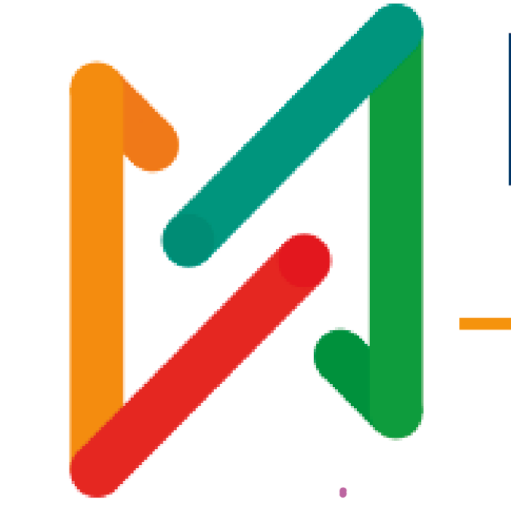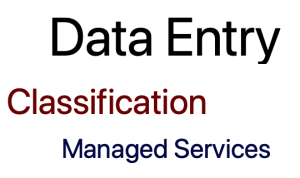Campus ERP Upgrades
Easylib is happy to announce that our Campus ERP software is now more powerful than ever. Almost all of the modules required by an education institute are covered here. see https://vimeo.com/561142173 for a brief snapshot of screens.

